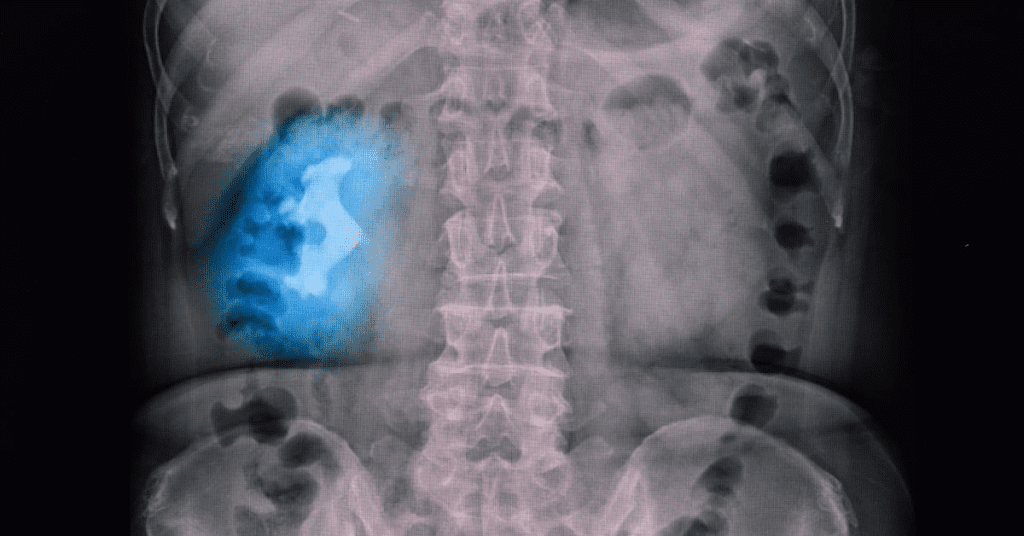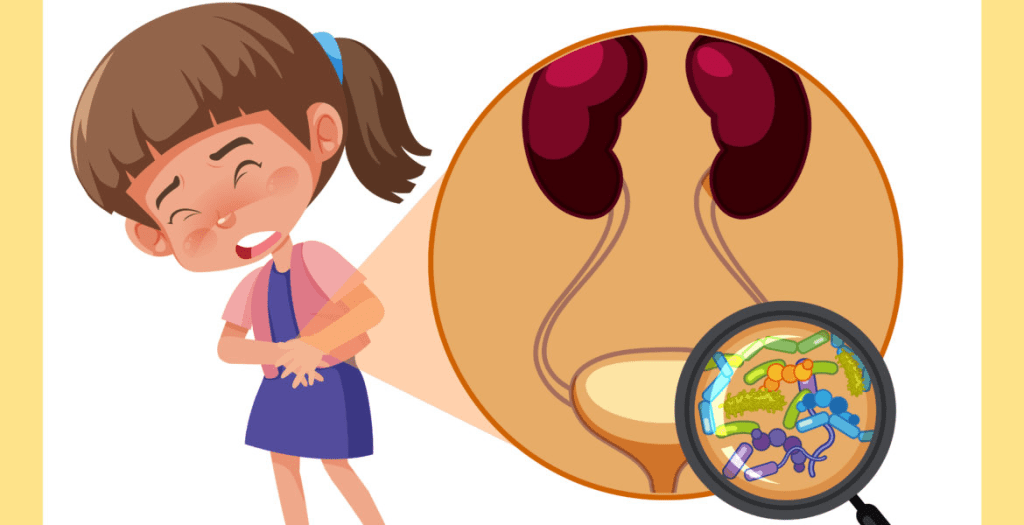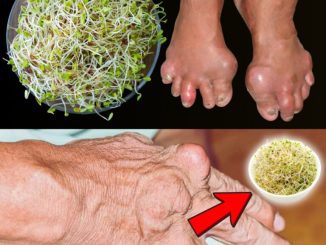Kidney stones are an unwelcome and painful surprise for anyone, but staghorn kidney stones take things to a whole new level. These rare and complex kidney stones grow large, often occupying significant portions of the kidney. This article will delve into what staghorn kidney stones are, what causes them, the symptoms they bring, and the treatment options available. With this knowledge, you’ll be better prepared to manage or even prevent this troublesome condition.
Understanding Staghorn Kidney Stones

Staghorn kidney stones are not your average kidney stones. Named for their antler-like shape, they are large, branching stones that can occupy the kidney’s renal pelvis and spread into the calyces (the internal cavities that collect urine). These stones are typically composed of magnesium ammonium phosphate, which is also known as struvite. Often resulting from recurrent urinary tract infections (UTIs), staghorn stones are more commonly seen in women than men.
What makes staghorn stones particularly challenging is their size and location. Unlike smaller stones that can pass naturally, staghorn stones often require surgical intervention. They can lead to severe kidney damage if left untreated, making early diagnosis and treatment essential.
Symptoms of Staghorn Kidney Stones
Staghorn kidney stones don’t always cause immediate symptoms. In some cases, they can develop slowly, causing a persistent but mild discomfort that is easy to overlook. However, as the stone grows, symptoms may become more apparent and severe.
- Pain in the Flank or Back: This pain is typically located between the ribs and the hip on one side. It can radiate to the abdomen and even down to the groin.
- Hematuria (Blood in Urine): Blood in the urine is common with staghorn stones. It may not be visible to the naked eye, but a lab test can easily detect it.
- Frequent Urinary Tract Infections (UTIs): Staghorn stones are commonly associated with UTIs, especially those caused by bacteria that produce an enzyme called urease.
- Fever and Chills: If a UTI accompanies the stones, it can lead to fever and chills.
- Nausea and Vomiting: When the stone irritates the kidney or blocks the urinary tract, it can result in nausea and vomiting.
These symptoms are a signal that you need to seek medical attention. Staghorn stones can lead to serious complications, including kidney failure, if not properly treated.
What Causes Staghorn Kidney Stones?
The development of staghorn kidney stones is primarily linked to recurring urinary tract infections. Here’s a look at some of the major factors that contribute to these stones:
1. Bacterial Infections
Staghorn stones are commonly associated with bacteria that produce the enzyme urease, which breaks down urea in the urine into ammonia and carbon dioxide. This breakdown creates an alkaline environment in the kidneys, which encourages the formation of struvite crystals that can aggregate into large stones.
2. Diet and Hydration
While bacterial infections are a major factor, diet and hydration can also play a role in stone formation. People who consume a diet high in salt, animal protein, or oxalates (found in leafy greens and certain nuts) are at an increased risk for kidney stones. Staying hydrated is essential to flush out minerals and prevent crystal formation.
3. Genetics

Some individuals are genetically predisposed to kidney stones, including staghorn stones. A family history of kidney stones can increase the likelihood of developing these large stones.
4. Medical Conditions
People with certain medical conditions, such as cystinuria, hyperparathyroidism, and certain types of renal tubular acidosis, are at an increased risk for kidney stones. These conditions alter the balance of minerals and other substances in the body, making stone formation more likely.
Diagnosis of Staghorn Kidney Stones
Early diagnosis of staghorn stones can prevent severe complications. Physicians use a combination of the following methods to identify these stones:
- Imaging Tests: CT scans, X-rays, and ultrasounds are commonly used to visualize the stones. A CT scan provides a detailed image and is particularly useful for identifying the size and location of staghorn stones.
- Urine and Blood Tests: Urine tests can reveal the presence of blood or signs of infection, while blood tests help detect high levels of minerals or waste products that may indicate kidney stones.
- Urine Culture: For stones associated with infection, a urine culture can identify the specific bacteria responsible, which is crucial for selecting the right treatment plan.
Treatment Options for Staghorn Kidney Stones

Treating staghorn kidney stones requires a specialized approach due to their size and location. Here are some of the main treatment options available:
1. Percutaneous Nephrolithotomy (PCNL)
This is the gold standard for treating staghorn stones larger than 2 cm. The surgeon makes a small incision in the back, creating a direct pathway to the kidney. A nephroscope is then used to break the stone into smaller pieces, which are removed through the incision. PCNL has a high success rate and is less invasive than open surgery.
2. Extracorporeal Shock Wave Lithotripsy (ESWL)
ESWL is a non-invasive procedure where high-energy shock waves are directed at the kidney stone. The shock waves break the stone into smaller fragments that can pass naturally through the urine. However, ESWL is generally more effective for smaller stones and may not be suitable for large staghorn stones.
3. Open Surgery
Open surgery is less common today but may be necessary for very large or complex stones. In this procedure, the surgeon makes an incision to access the kidney and remove the stone manually. It’s typically reserved for cases where other methods have failed or are unsuitable.
4. Antibiotic Therapy
If a bacterial infection accompanies the staghorn stones, antibiotics are often prescribed before and after surgery to reduce the risk of sepsis and other complications. Long-term antibiotics may also be necessary for patients prone to recurrent infections.
Preventing Staghorn Kidney Stones

Prevention of staghorn stones centers on reducing the risk factors associated with kidney stones and UTIs. Here’s how you can take proactive steps to prevent these painful stones:
1. Stay Hydrated
Drinking at least 2.5 to 3 liters of water daily can help dilute urine and flush out minerals before they form stones. Increased hydration is especially important for people with a history of kidney stones.
2. Modify Your Diet
Limit your intake of salt, animal protein, and foods high in oxalates. Incorporate more fresh fruits and vegetables, and opt for low-sodium and plant-based proteins. Reducing oxalate-rich foods, such as spinach, nuts, and chocolate, can also help decrease the risk of kidney stones.
3. Monitor Calcium and Vitamin C Intake
While calcium is essential for bone health, excessive supplementation can increase the risk of stones. If you take calcium supplements, consider taking them with meals. Similarly, avoid high doses of vitamin C, as it can increase oxalate levels.
4. Treat UTIs Promptly

Since staghorn stones are often caused by bacterial infections, addressing UTIs quickly is crucial. Regular check-ups and prompt treatment of infections can reduce the risk of stone formation.
Conclusion
Staghorn kidney stones are a serious condition that requires a proactive approach to manage effectively. These large, branching stones can lead to significant pain, infection, and even kidney failure if left untreated. Understanding the symptoms, causes, and treatment options is essential for anyone at risk. With the right preventative measures, including dietary modifications, staying hydrated, and seeking prompt medical care, you can reduce your chances of facing these painful stones. However, if you suspect you have symptoms of staghorn kidney stones, don’t wait to seek medical attention. Early diagnosis and treatment can make a world of difference in managing this challenging condition and maintaining long-term kidney health.


